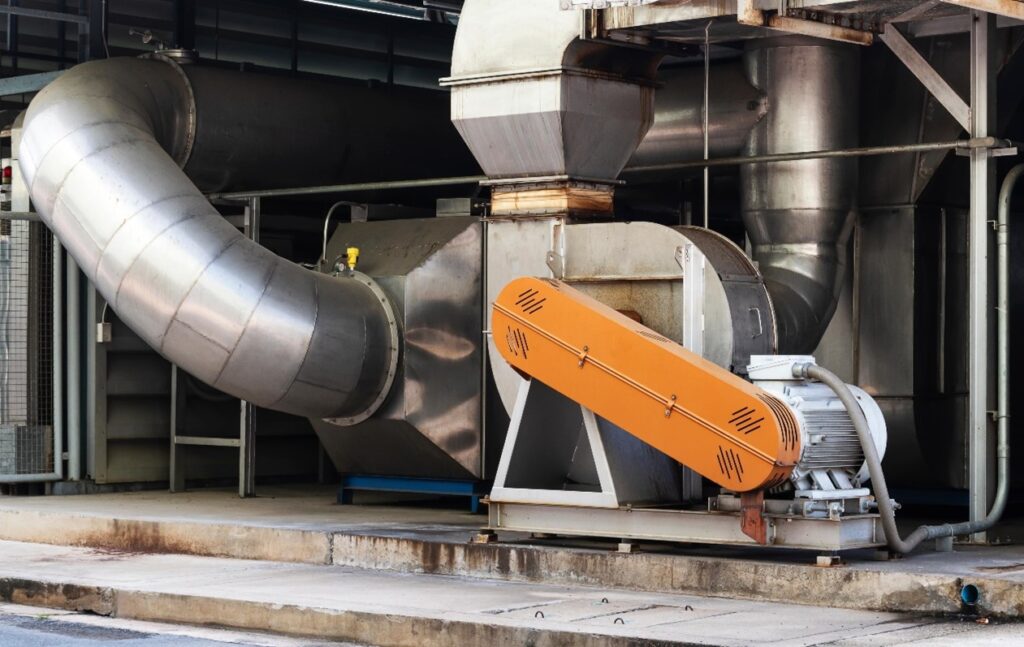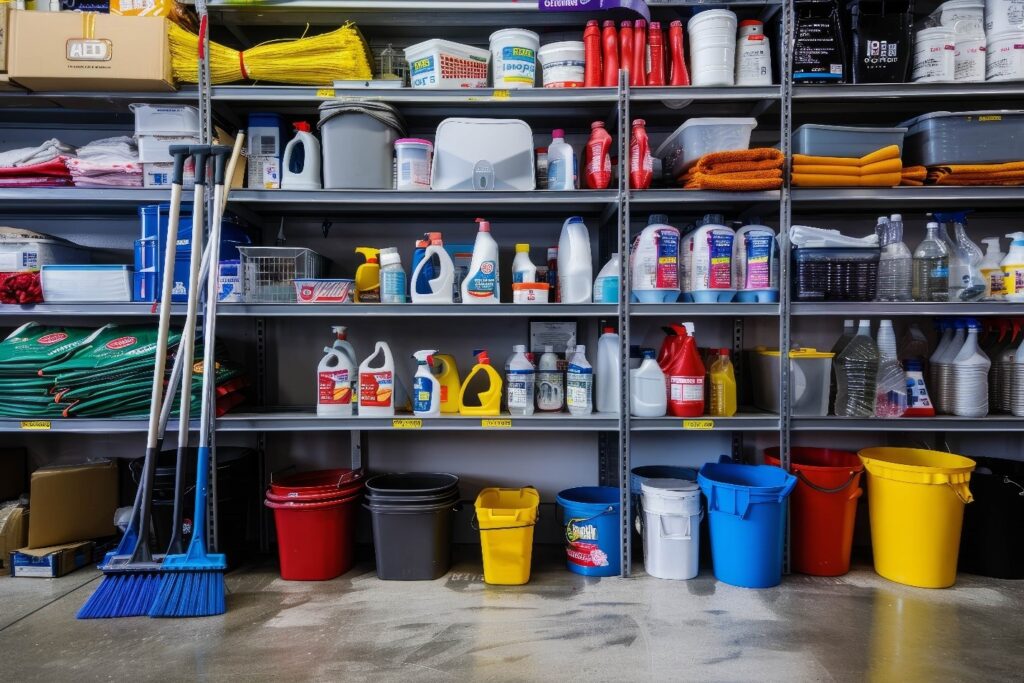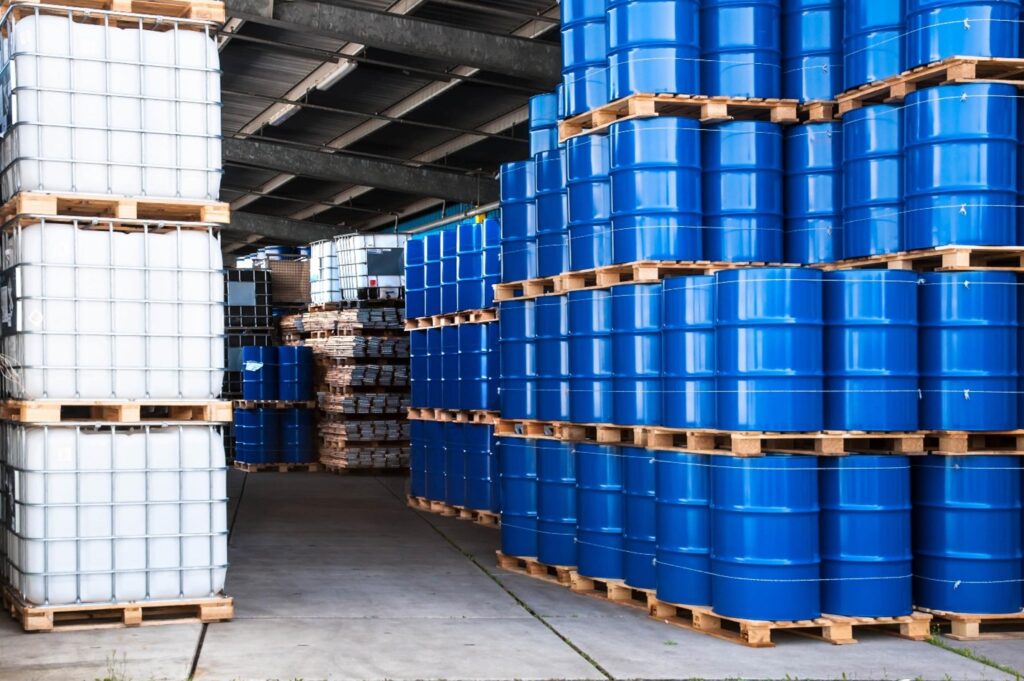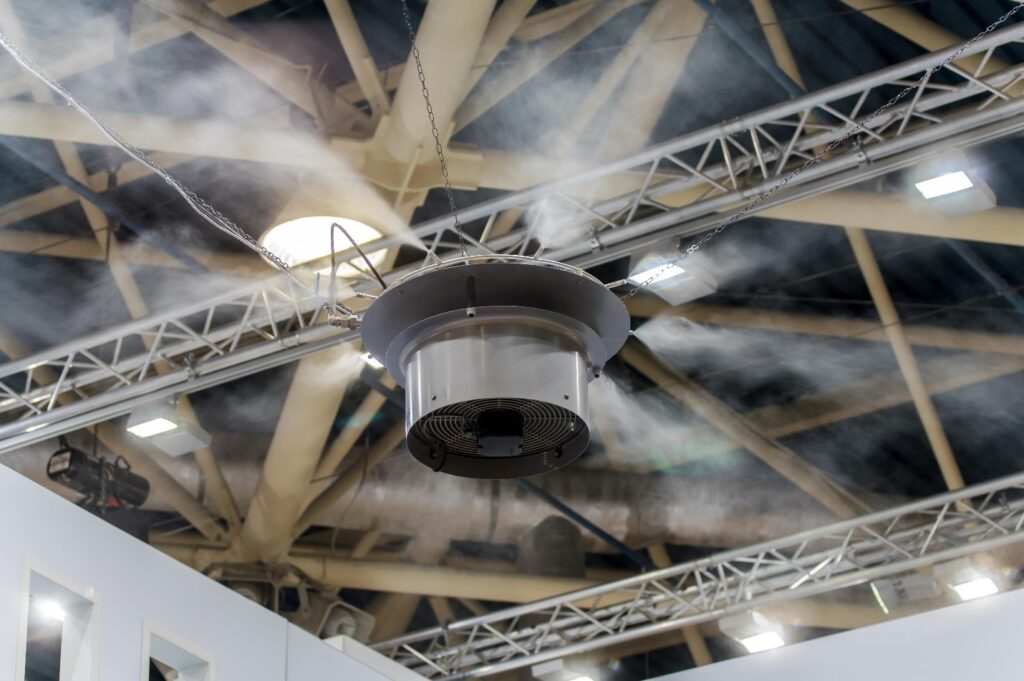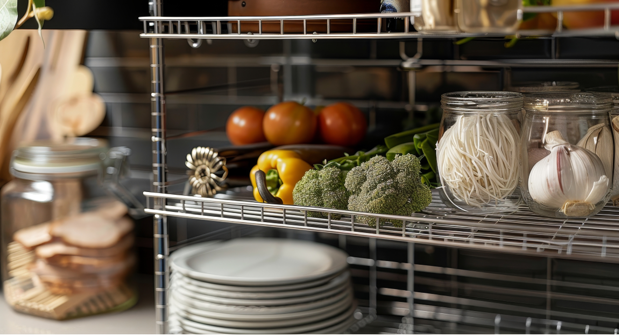
As peak season approaches, efficiency becomes the driving force behind successful warehouse operations. Whether in packing, shipping, warehousing, or manufacturing, companies are under more pressure than ever to streamline processes and keep pace with high consumer demand. Global Industrial Port Washington reviews how one of the most powerful solutions at their disposal is the conveyor system, a tool with surprisingly ancient origins that continues to shape the future of logistics.
From Ancient Origins to Modern Efficiency
Conveyors are not new. In fact, the basic concept of moving materials with guided pathways dates back thousands of years, used in monumental projects such as the construction of Stonehenge and the Pyramids of Egypt. While those early versions may have been rudimentary, the modern world has refined this ancient idea into a sophisticated system central to the global supply chain. In today’s marketplace, where speed, accuracy, and profit margins often hang in delicate balance, conveyors are no longer optional. They are essential.
A Booming Global Industry
The significance of conveyors is reflected in market growth. Valued at $8.8 billion in 2020, the global conveyor systems industry is projected to reach $13.7 billion by 2028, expanding at a CAGR of nearly 6%. This growth is fueled by increasing demand for automation across multiple industries, and for good reason. Conveyors offer measurable advantages that directly impact the bottom line.
- Productivity Gains: Research from the Material Handling Institute shows conveyors can boost warehouse productivity by as much as 30%.
- Enhanced Safety: According to the Bureau of Labor Statistics, overexertion and bodily reaction injuries make up nearly one-third of workplace incidents. Conveyors reduce the need for heavy lifting and manual handling, minimizing risk.
- Operational Efficiency: Studies show conveyor adoption can cut order processing times by half and raise throughput by 40%, all while lowering human error.
These aren’t just marginal improvements—they’re transformations that redefine how a facility performs.
Additional Advantages Beyond the Basics
The benefits of conveyors stretch even further. Labor cost reductions can be dramatic, with estimates suggesting as much as 70% savings in certain environments. In facilities moving thousands of items per hour, this translates into millions saved annually.
Reliability also plays a key role. With proper maintenance, conveyors experience significantly less downtime than manual labor processes. They can handle loads of up to 1,000 pounds per linear foot and transport items at speeds reaching 600 feet per minute—all while minimizing product damage by up to 80%.
For industries like food processing, conveyors can even be designed to meet hygiene and sanitation standards. And by utilizing vertical and horizontal space strategically, conveyors maximize every square foot of expensive warehouse real estate.
Key Considerations Before Buying
Not every conveyor is suited to every facility. Selecting the right system requires attention to several factors:
- Item Type: Weight, shape, size, and fragility influence conveyor choice.
- Throughput and Speed: High-volume facilities require faster systems to keep pace.
- Available Space: Layout and floor space determine which configurations will fit.
- Integration: New systems should work seamlessly with existing machinery and processes.
- Budget: Beyond initial purchase, long-term maintenance and operational costs must be considered.
These decisions ultimately shape how effectively the system serves the warehouse over time.
Exploring Conveyor Options
Warehouse managers today can choose from a wide variety of conveyor types, each suited to specific tasks.
- Skate Wheel Conveyors
Skate wheel conveyors use small, free-spinning wheels to allow lightweight cartons and trays to move with minimal effort. Ideal for gravity-fed operations, they can be rigid or expandable. Fixed versions work best in consistent layouts, while flexible models allow reconfiguration in dynamic spaces.
- Roller Conveyors
For heavier loads, roller conveyors are the go-to choice. Constructed with cylindrical rollers mounted in a sturdy frame, they can be powered or gravity-driven. Gravity roller conveyors excel in downhill applications, while powered versions use motors to move items consistently, eliminating the need for manual pushing.
- Belt Conveyors
Belt conveyors are versatile, capable of carrying items across long distances or complex paths. Their durability makes them suitable for transporting everything from small parcels to bulky products.
- Ball Transfer Tables
Ball transfer conveyors are invaluable in assembly lines or packing stations, allowing goods to move in any direction with minimal resistance.
- Dirt Conveyors
Built for rugged environments, dirt conveyors thrive on construction sites by moving soil, sand, and other loose materials quickly and efficiently.
Accessories and Add-Ons
Conveyors can be further customized through accessories such as guides, stops, diverters, and replacement components. Gravity flow racks, often paired with conveyors, create a first-in, first-out inventory system that enhances organization and ensures product rotation. These add-ons allow facilities to fine-tune systems for maximum performance.
Why the Right Conveyor Matters
At its core, the right conveyor system is not just a piece of equipment—it is a strategic investment in productivity, safety, and profitability. By aligning conveyor choices with the specific demands of a warehouse, businesses can increase throughput, reduce errors, cut costs, and provide a safer environment for workers.
As industries continue to embrace automation, conveyors will remain a linchpin of operational excellence. Whether transporting lightweight cartons or industrial components weighing hundreds of pounds, there is a conveyor solution designed to meet the challenge.
For warehouses preparing for peak season, investing in the right system could mean the difference between meeting demand efficiently or falling behind. In an era defined by speed and precision, conveyors are not just tools—they are the backbone of modern logistics.


